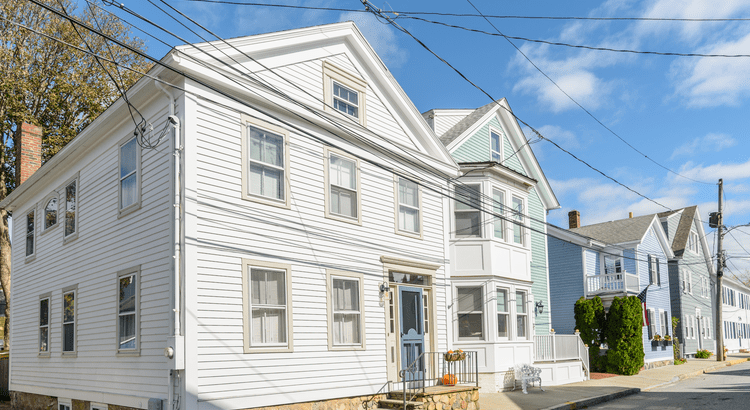
Headlines Have You Worried about Your Home’s Value? Read This.
Headlines Have You Worried about Your Home’s Value? Read This. Hearing talk about home prices falling? That may leave you worried about whether your house is losing value. But here’s what you need to know. While some local markets have seen small price dips this year, home prices are not falling nat

Why More Homeowners Are Giving Up Their Low Mortgage Rate
Why More Homeowners Are Giving Up Their Low Mortgage Rate If you’re like a lot of homeowners, you’ve probably thought: “I’d like to move… but I don’t want to give up my 3% rate.” That’s fair. That rate has been one of your best financial wins – and it can be har

The Housing Market Is Turning a Corner Going into 2026
The Housing Market Is Turning a Corner Going into 2026 After several years of high mortgage rates and hesitation from buyers, momentum is quietly building beneath the surface of the housing market. Sellers are reappearing. Buyers are re-engaging. And for the first time in what feels like forever, th
Recent Posts










